U.S. Ambassador to Japan Rahm Emanuel on Friday made a 2,000-kilometer journey from Tokyo to Okinawa Prefecture’s remote Yonaguni Island — just 160 km from Taipei — as Washington and Tokyo look to present a united front amid growing concerns about a conflict over democratic Taiwan.
Emanuel is the first U.S. ambassador to travel to the island, which is home to a Ground Self-Defense Force base, where he met with Yonaguni Mayor Kenichi Itokazu and had lunch with some of the roughly 250 SDF troops deployed there.
“I might be the first U.S. ambassador to visit Yonaguni, but I predict I won’t be the last,” Emanuel said in a post on social media platform X, adding that he and Itokazu had “discussed economic opportunities linked with security for Japan’s westernmost island.”




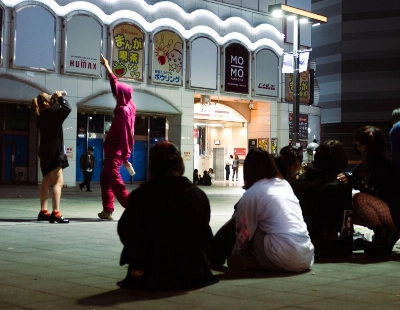
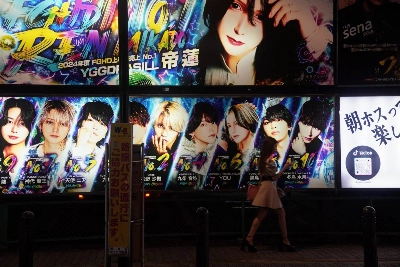
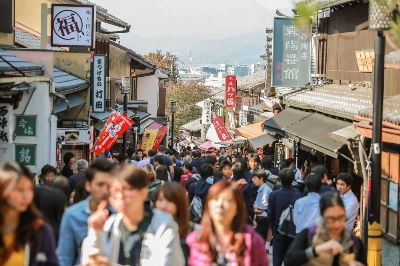
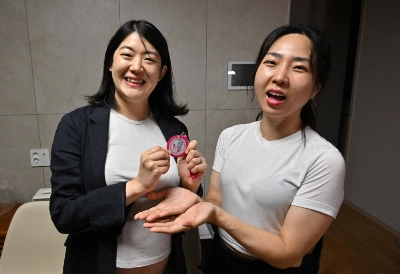
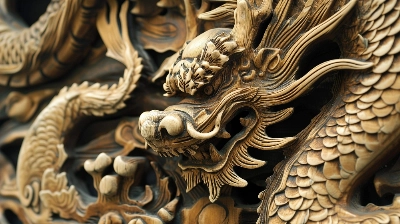










With your current subscription plan you can comment on stories. However, before writing your first comment, please create a display name in the Profile section of your subscriber account page.